Rare Rides: A Pristine Chevrolet Monte Carlo From 1987, Mid-market Personal Luxury

Rare Rides has touched on Monte Carlo once before, in a well-past-its-prime NASCAR / Jeff Gordon edition from 2000. Monte Carlo surfaced again more recently, as its Nineties iteration was effectively a renamed second-generation Lumina coupe. But we’ve never covered the Eighties Monte Carlo, which was a very popular car in the midsize segment at a time when the personal luxury coupe was alive and well.
And someone kept today’s 1987 example in as-new condition.
The Monte Carlo got its start in 1970, as the first personal luxury coupe for the Chevrolet brand. Monte Carlo rode on the A platform for its first generation – a hardtop design that lasted until 1972. It continued as an A-body pillared coupe in a second generation that remained through the 1977 model year. A popular mid-sizer, Monte Carlo was brother to other GM PLCs like the Pontiac Grand Prix, Oldsmobile Cutlass, and Buick Skylark. The final model year of the second generation Monte should tell you what happened next.
Downsizing! In 1978, the third-gen Monte Carlo lost a full foot of overall length, on a revised version of the A-body. The third-generation car was available only from 1978 to 1980. In 1981, a fourth-generation took its place, once again on the A-body platform. For 1982 the A-body became the G-body, in a name swap that occurred upon the debut of the new front-drive A-body platform cars like the Chevy Celebrity.
Though the dimensions of the fourth-generation car were almost identical to the third generation, the styling was more modernized. Quad headlamps and an eggcrate grille appeared and were both very much Eighties Chevrolet in appearance. The Monte was popular enough to require four different production locations, in Texas, Michigan, Georgia, and Mexico. All examples produced were coupes, though 200 were the special 2+2 SS version, which like the Grand Prix were commonly called Aerocoupe.
Engines offered included four different V6 mills (one was diesel), and three different V8s (again, one was a diesel). With six cylinders, displacements were either 3.8 or 4.3 liters. V8 displacements were 4.4, 5.0, or 5.7 liters. The largest 5.7 was the diesel engine, also known as the one you didn’t want. Transmissions were all automatic and had three or four speeds.
Several changes were made to the Monte Carlo over the years, as GM fiddled with engine and feature offerings, sports versions, as well as exterior and interior trim updates. Sales continued at a brisk pace, and in 1984 GM shifted 112,730 examples of only the Monte Carlo.
1985 brought back T-tops that had gone away for 1984, and the SS trim was further developed. Diesel engines that debuted in 1981 also went away, as they hadn’t found many buyers. Throttle body injection appeared around that time and meant the 4.3-liter V6 made 130 horses, while the 5.0 produced 165. Top power was only available in the SS version, with a high output 5.0 that offered 180 horses.
In 1986 the final trim shuffling occurred, with base Sport Coupe, mid-level Luxury Sport or LS, SS, and the limited edition SS 2+2. For Monte’s final year in 1987, the Sport Coupe was dropped, leaving the other three to carry on to the end of Monte Carlo’s rear-drive life. Customers who missed the PLC lifestyle but needed that Chevy badge would be ushered to Lumina coupe in 1990. By that time, the whole PLC segment was well on the way to its demise.
Today’s beige and beige Monte Carlo is from 1987 and was the offering’s most basic LS trim that year. Cloth bench seats and manual windows mark the car as an Ace of Base, though someone splurged on the V8. White walls and wire wheels assist the vinyl carriage top in playing up the brougham luxury vibe. With 46,000 miles it looks brand new and is available in North Carolina.
[Images: GM]

Interested in lots of cars and their various historical contexts. Started writing articles for TTAC in late 2016, when my first posts were QOTDs. From there I started a few new series like Rare Rides, Buy/Drive/Burn, Abandoned History, and most recently Rare Rides Icons. Operating from a home base in Cincinnati, Ohio, a relative auto journalist dead zone. Many of my articles are prompted by something I'll see on social media that sparks my interest and causes me to research. Finding articles and information from the early days of the internet and beyond that covers the little details lost to time: trim packages, color and wheel choices, interior fabrics. Beyond those, I'm fascinated by automotive industry experiments, both failures and successes. Lately I've taken an interest in AI, and generating "what if" type images for car models long dead. Reincarnating a modern Toyota Paseo, Lincoln Mark IX, or Isuzu Trooper through a text prompt is fun. Fun to post them on Twitter too, and watch people overreact. To that end, the social media I use most is Twitter, @CoreyLewis86. I also contribute pieces for Forbes Wheels and Forbes Home.
More by Corey Lewis
Latest Car Reviews
Read moreLatest Product Reviews
Read moreRecent Comments
- V8fairy Not scared, but I would be reluctant to put my trust in it. The technology is just not quite there yet
- V8fairy Headlights that switch on/off with the ignition - similar to the requirement that Sweden has- lights must run any time the car is on.Definitely knobs and buttons, touchscreens should only be for navigation and phone mirroring and configuration of non essential items like stereo balance/ fade etc>Bagpipes for following too close.A following distance warning system - I'd be happy to see made mandatory. And bagpipes would be a good choice for this, so hard to put up with!ABS probably should be a mandatory requirementI personally would like to have blind spot monitoring, although should absolutely NOT be mandatory. Is there a blind spot monitoring kit that could be rerofitted to a 1980 Cadillac?
- IBx1 A manual transmission
- Bd2 All these inane posts (often referencing Hyundai, Kia) the past week are by "Anal" who has been using my handle, so just ignore them...
- 3-On-The-Tree I was disappointed that when I bought my 2002 Suzuki GSX1300R that the Europeans put a mandatory speed limiter on it from 197mph down to 186mph for the 2002 year U.S models.


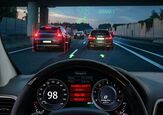

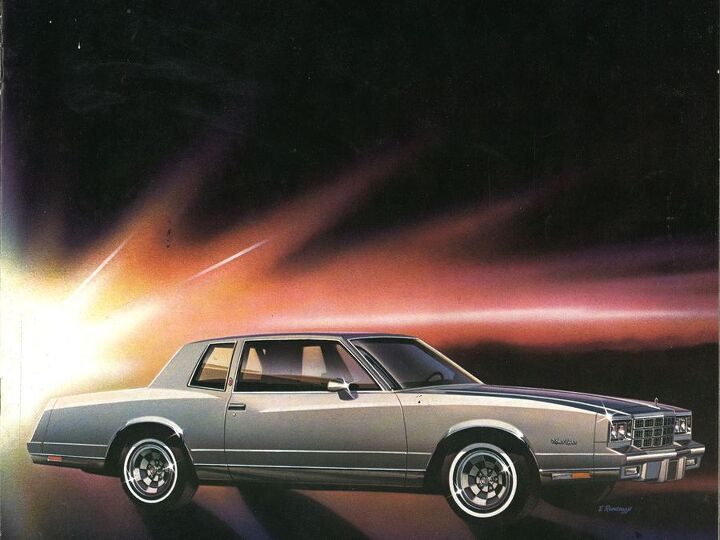














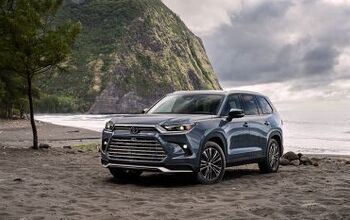
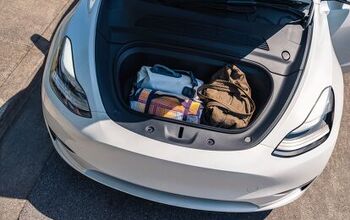
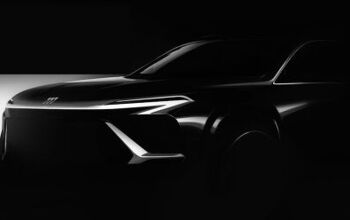
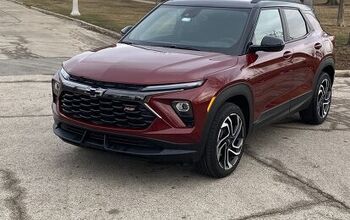
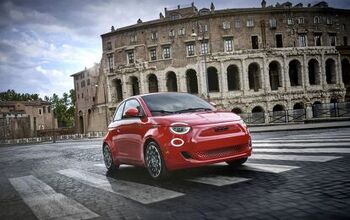
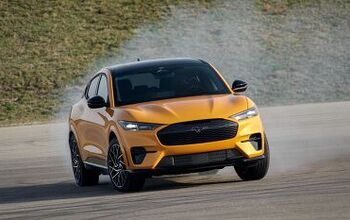

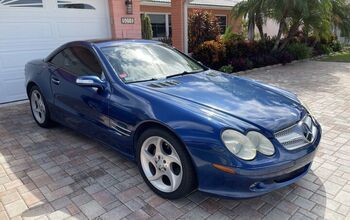
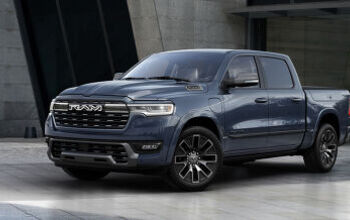
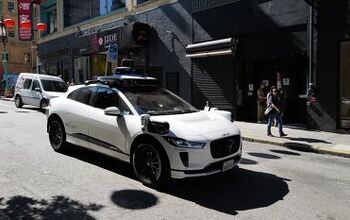
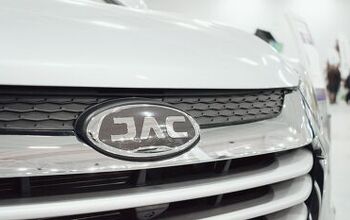

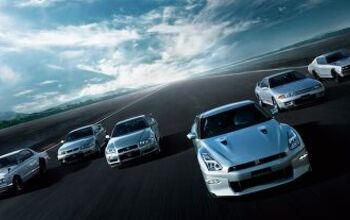

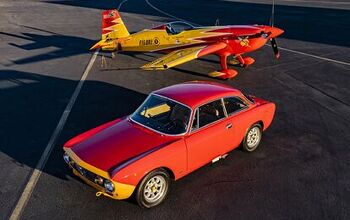
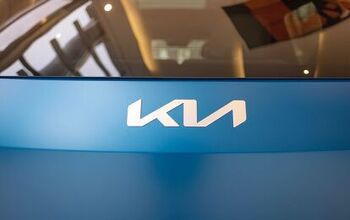

Comments
Join the conversation
Third paragraph correction: the corresponding Buick PLC of the era was Regal not Skylark.
Is the 1981 really a new generation from the 78-80? Its the same platform, doors, greenhouse, roof, and interior - only the front and rear clips look different.